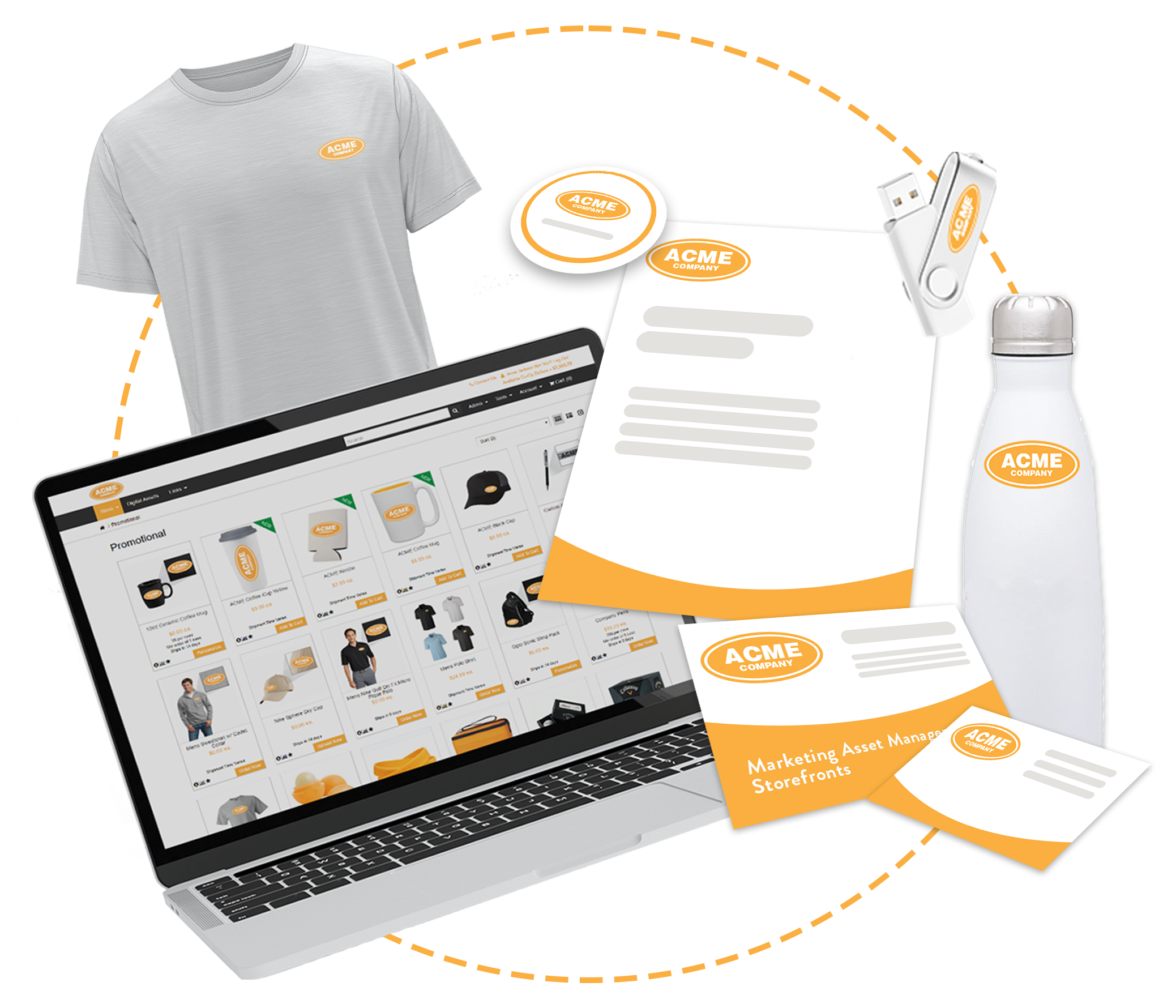In the current dynamic digital landscape, the printing sector is undergoing a significant transformation driven by technology. At the cutting edge of this evolution is web-based print software, a groundbreaking tool that is transforming how print shops and organizations operate. This advanced solution enables users to design, tailor, and request print products online with ease and effectiveness. Gone are the times when printing was confined to manual processes and lengthy back-and-forth. With online print software, everything from concept to purchasing can be optimized, saving effort and resources while enhancing customer satisfaction.
As businesses increasingly recognize the value of customization and fast turnaround times, web-based print solutions are becoming vital for success in the competitive market. This article aims to provide a detailed guide to online print software, exploring its defining features, its influence on order management and operations, and its role in enabling e-commerce connectivity. By understanding what online print software offers, print shops and organizations can harness its capabilities to enhance productivity, reduce overheads, and ultimately increase sales. Join us as we explore the positives, challenges, and upcoming changes of this disruptive technology.
Understanding W2P Solutions
Web-to-print solutions embodies a notable evolution in the print sector, enabling businesses to simplify the ordering process for print products. At its core, this software enables users to create, modify, and request prints via the internet free from the need for significant manual input. It merges e-commerce capabilities with print production, allowing it more accessible for customers to access a range of print offerings and solutions immediately through web platforms. The adaptability of web-to-print solutions caters to businesses of all sizes, providing capabilities to develop personalized marketing materials, marketing goods, and various printed items.
One of the main advantages of W2P software is the capability to offer customers a fluent user experience. Customers can choose from design templates or upload their artworks, view their products, and place orders straight online. This not only boosts customer satisfaction but also decreases the likelihood of errors that frequently arise in conventional printing processes. Furthermore, the system often incorporates order control features, permitting print shops and businesses to track orders effectively and oversee production deadlines efficiently.
In furthermore to boosting business efficiency, W2P solutions also supports a high degree of customization and personalization. Read More Here is vital in the current market, where buyers increasingly seek distinct and branded products. With tools like dynamic data printing, businesses can modify their products to unique customer requirements, enabling them to create custom promotional products and messages. As a result, Web2Print systems not only help businesses satisfy customer demands but also empower them to differentiate in a competitive landscape.
Advantages and Aspects of Web-to-Print Systems
Web to print solutions offer a variety of advantages that greatly enhance the functional efficiency of print shops and companies. One of the main benefits is the ability to streamline order management, allowing businesses to handle and fulfill print orders more efficiently. By integrating online platforms, print service providers can automate various tasks such as order entry, proofing, and payment processing, ultimately minimizing manual labor and minimizing errors. This not only leads to faster turnaround times but also enhances customer satisfaction by providing a more seamless ordering experience.
In furthermore to enhancing order management, web-to-print software provides powerful customization and personalization features. Customers can conveniently upload their designs, adjust layouts, and order tailored products straight from their devices. This capability empowers customers to take control over their print needs, resulting in higher customer engagement and loyalty. The ability for variable data printing further enhances this aspect, enabling companies to deliver personalized marketing materials that appeal with specific customers or specific target audiences.
Moreover, the adoption of web-to-print solutions supports eco-friendly initiatives within the print industry. By optimizing workflows and minimizing waste, these systems help companies to reduce excess materials and unnecessary processes. Cloud-based platforms also promote collaborative work environments where various stakeholders can collaborate to projects in real-time. The combination of efficiency, personalization, and eco-friendliness positions web-to-print software as an indispensable tool for contemporary print shops aiming for significance and growth in a challenging market.
The Future and Trends of Online Printing Solutions
As the printing industry evolves, web-to-print technology is ready to become an essential part of how businesses manage their printing demands. One key development is the heightened attention on customization. Customers seek distinct products custom-made to their tastes, and web-to-print software makes this possible by permitting for customizable designs and templates. This feature will persist to stimulate demand, resulting in a substantial shift toward personalized mass production, where customers can specify precise criteria for their print products.
Another emerging trend is the integration of AI and ML within web-to-print solutions. These advancements can simplify workflows, improve user experiences, and improve decision-making processes. For instance, AI can optimize order management by forecasting trends and customer needs, allowing print shops to efficiently allocate resources and minimize turnaround times. This integration will not only improve operational efficiency but also greatly elevate the overall service quality provided to customers.

Eco-friendliness is increasingly turning into a focus in the print industry, and web-to-print technology supports eco-friendly practices. With an priority on reducing waste and utilizing eco-conscious resources, businesses can leverage web-to-print solutions to evaluate and reduce their impact on the environment. As consumers become more sustainability-minded, adopting sustainable practices within web-to-print workflows will not only fulfill customer expectations but also foster brand loyalty and attract a wider audience.
